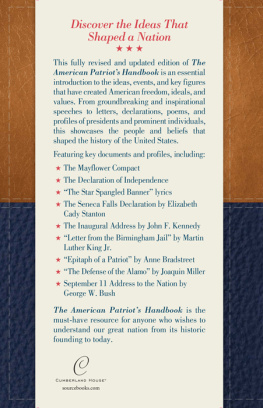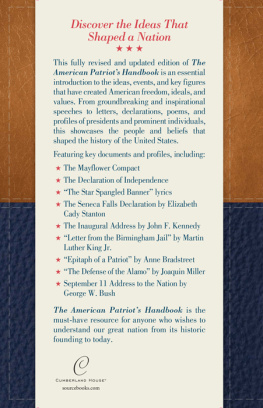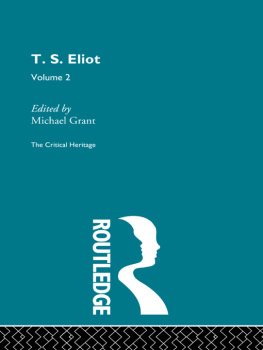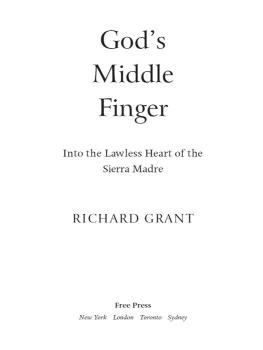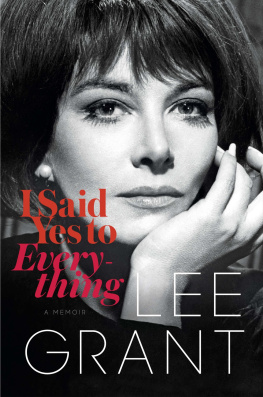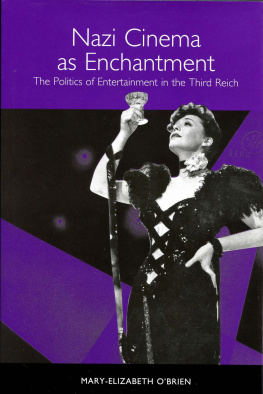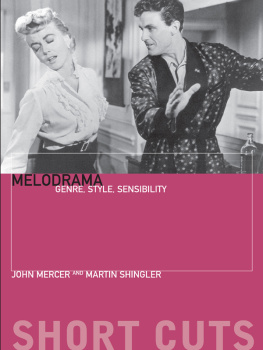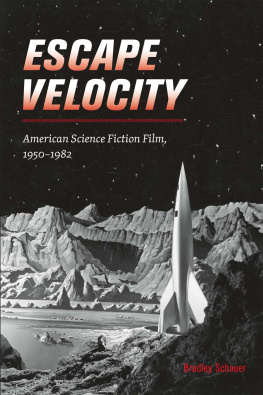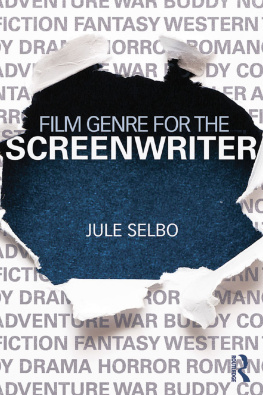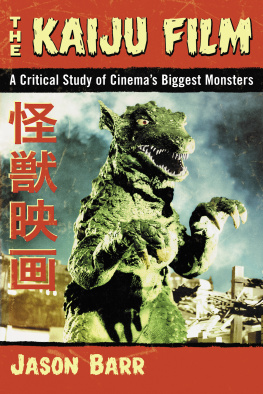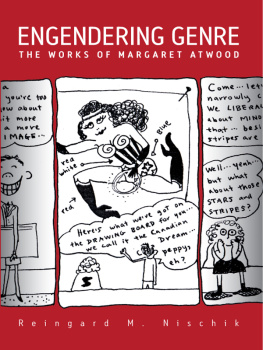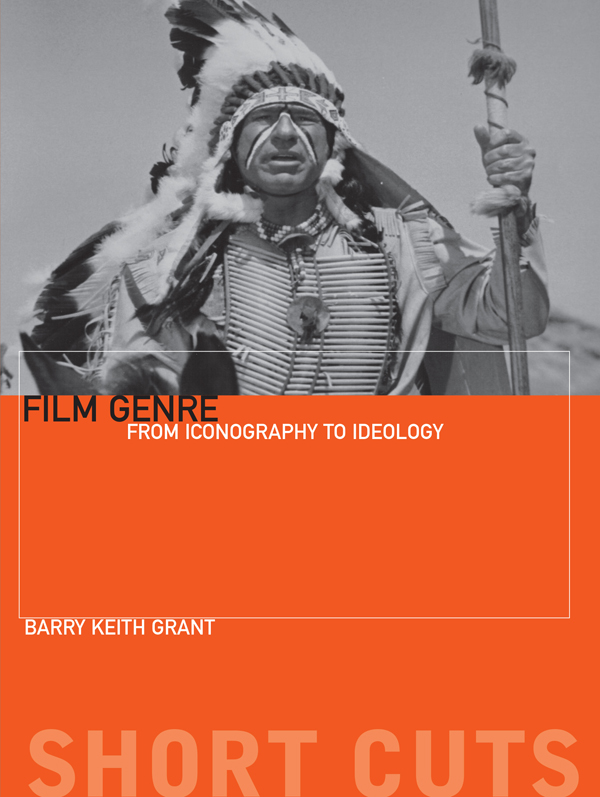Contents
Guide
Pagebreaks of the print version
SHORT CUTS
INTRODUCTIONS TO FILM STUDIES
OTHER TITLES IN THE SHORT CUTS SERIES
THE HORROR GENRE: FROM BEELZEBUB TO BLAIR WITCH Paul Wells
THE STAR SYSTEM: HOLLYWOODS PRODUCTION OF POPULAR IDENTITIES Paul McDonald
SCIENCE FICTION CINEMA: FROM OUTERSPACE TO CYBERSPACE Geoff King and Tanya Krzywinska
EARLY SOVIET CINEMA: INNOVATION, IDEOLOGY AND PROPAGANDA David Gillespie
READING HOLLYWOOD: SPACES AND MEANINGS IN AMERICAN FILM Deborah Thomas
DISASTER MOVIES: THE CINEMA OF CATASTROPHE Stephen Keane
THE WESTERN GENRE: FROM LORDSBURG TO BIG WHISKEY John Saunders
PSYCHOANALYSIS AND CINEMA: THE PLAY OF SHADOWS Vicky Lebeau
COSTUME AND CINEMA: DRESS CODES IN POPULAR FILM Sarah Street
MISE-EN-SCNE: FILM STYLE AND INTERPRETATION John Gibbs
NEW CHINESE CINEMA: CHALLENGING REPRESENTATIONS Sheila Cornelius with Ian Haydn Smith
SCENARIO: THE CRAFT OF SCREENWRITING Tudor Gates
ANIMATION: GENRE AND AUTHORSHIP Paul Wells
WOMENS CINEMA: THE CONTESTED SCREEN Alison Butler
BRITISH SOCIAL REALISM: FROM DOCUMENTARY TO BRIT GRIT Samantha Lay
FILM EDITING: THE ART OF THE EXPRESSIVE Valerie Orpen
AVANT-GARDE FILM: FORMS, THEMES AND PASSIONS Michael OPray
PRODUCTION DESIGN: ARCHITECTS OF THE SCREEN Jane Barnwell
NEW GERMAN CINEMA: IMAGES OF A GENERATION Julia Knight
EARLY CINEMA: FROM FACTORY GATE TO DREAM FACTORY Simon Popple and Joe Kember
MUSIC IN FILM: SOUNDTRACKS AND SYNERGY Pauline Reay
FEMINIST FILM STUDIES: WRITING THE WOMAN INTO CINEMA Janet McCabe
MELODRAMA: GENRE STYLE SENSIBILITY John Mercer and Martin Shingler
FILM PERFORMANCE: FROM ACHIEVEMENT TO APPRECIATION Andrew Klevan
NEW DIGITAL CINEMA: REINVENTING THE MOVING IMAGE Holly Willis
THE MUSICAL: RACE, GENDER AND PERFORMANCE Susan Smith
TEEN MOVIES: AMERICAN YOUTH ON SCREEN Timothy Shary
FILM NOIR: FROM BERLIN TO SIN CITY Mark Bould
DOCUMENTARY: THE MARGINS OF REALITY Paul Ward
NEW HOLLYWOOD: FROM BONNIE AND CLYDE TO STAR WARS Peter Krmer
ITALIAN NEOREALISM: REBUILDING THE CINEMATIC CITY Mark Shiel
WAR CINEMA: HOLLYWOOD ON THE FRONT LINE Guy Westwell
ROMANTIC COMEDY: BOY MEETS GIRL MEETS GENRE Tamar Jeffers McDonald
SPECTATORSHIP: THE POWER OF LOOKING ON Michele Aaron
FILM GENRE
FROM ICONOGRAPHY TO IDEOLOGY
BARRY KEITH GRANT

A Wallflower Press Book
Published by
Columbia University Press
Publishers Since 1893
New York Chichester, West Sussex
cup.columbia.edu
Copyright 2007 Barry Keith Grant Productions, Inc.
All rights reserved
Wallflower Press is a registered trademark of Columbia University Press
Cataloging-in-Publication Data is available from the Library of Congress
ISBN 978-1-904764-79-3 (pbk.)
ISBN 978-0-231-85006-3 (e-book)
A Columbia University Press E-book.
CUP would be pleased to hear about your reading experience with this e-book at .
Book and cover design: Rob Bowden Design
Cover image: Blazing Saddles (1974), Warner Bros.
CONTENTS
My deepest gratitude to Yoram Allon of Wallflower Press for inviting me to write this book, which for me has been a pleasure. At Wallflower Press, Jacqueline Downs capably guided the book through production, and my graduate student assistant Curtis Maloley worked on the filmography and index.
Some paragraphs are based on previously published material by the author: Mans Favorite Sport?: The Action Films of Kathryn Bigelow, in Yvonne Tasker (ed.) (2004) Action and Adventure Cinema, London and New York: Routledge, 37185; Introduction: The Spokes of the Wheel, in Barry Keith Grant (ed.) (2002) John Fords Stagecoach, New York and Cambridge: Cambridge University Press, 120; Strange Days: Race and Gender in Contemporary Hollywood Cinema, in Murray Pomerance (ed.) (2001) Ladies and Gentlemen, Boys and Girls: Gender in Film at the End of the Twentieth Century, Albany: SUNY Press, 1859; The Classic Hollywood Musical and the Problem of Rock n Roll, Journal of Popular Film and Television, 13, 4 (Winter 1986), 195205.
For Genevieve again, who has tolerated too many violations of convention
Put simply, genre movies are those commercial feature films which, through repetition and variation, tell familiar stories with familiar characters in familiar situations. Popular cinema is mostly comprised of genre movies the kind of films most of us see, whether we go to the movies or to the cinema, or watch films on DVD or videotape at home. Throughout film history genre movies have comprised the bulk of filmmaking practice, both in Hollywood and other national cinemas around the world. While there are different genres in different countries, the films that are made, distributed and exhibited in commercial venues everywhere are overwhelmingly genre movies.
Yet while genre movies are often understood as the equivalent of popular cinema, as opposed to art cinema and experimental cinema, the distinction is in fact hardly so clear. The films of such important yet diverse art cinema directors such as Jean-Luc Godard, Ingmar Bergman and Rainer Werner Fassbinder are infused with elements of genre. David Bordwell has argued convincingly that art cinema itself is a genre, with its own distinct conventions and modes of address, and that American genre films, as shown in the work of Robert Altman and Francis Ford Coppola, have absorbed them (see Bordwell 1979).
Popular cinema is organised almost entirely according to genre categories science fiction, horror, thriller, pornography, romantic comedy, and so forth. From the particulars of film advertising in the various mass media to television broadcast schedules to the organisation of tapes and DVDs at the local video rental outlet, the idea of genre informs every aspect of popular cinema from production to consumption. The pervasive presence of genres in popular culture is clear when one considers that the word itself refers simultaneously to a particular mode of film production, often equated with the classic Hollywood studio system; a convenient consumer index, providing audiences with a sense of the kind of pleasures to be expected from a given film; and a critical concept, a tool for mapping out a taxonomy of popular film and for understanding the complex relationship between popular cinema and popular culture.
Tom Ryall has distinguished three levels at which we should understand genre in the cinema: the generic system (the relation of individual genres to each other and to Hollywood production in general), individual genres (defining individual genres and their common elements) and individual films (reading individual films within their generic contexts) (1998b: 329). This book will examine film genres and genre films at all three levels, focusing (although not exclusively) on American cinema, the most successful production centre of genre movies around the world. It offers a combination of theory and practical criticism, balancing ideas about genres with readings of specific films.
The series of case studies provide concrete examples of theoretical concepts and anchor them in specific texts. The films examined represent a range of genres across the history of sound film, and each discussion offers an analysis of the film as a genre film. Genre criticism allows for both the categorisation and evaluation of genre films. These are two very different critical tasks and should not be confused, although they often are. Genre helps us see the unique properties of individual works by permitting comparison of them with others that have similar qualities. As well, films, like all works of art, can only be judged in relation to other works.


